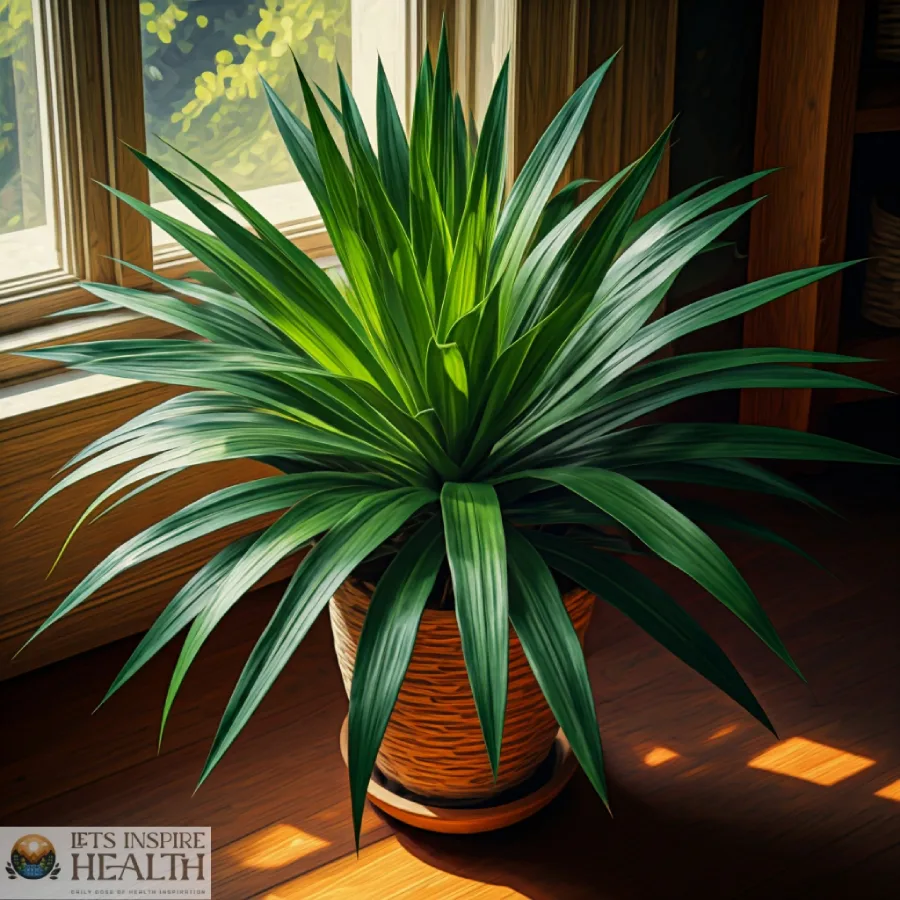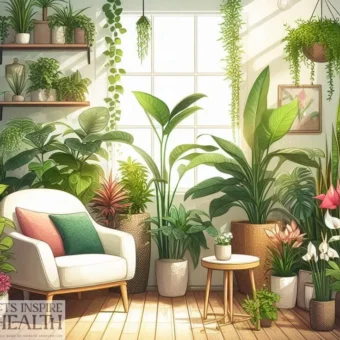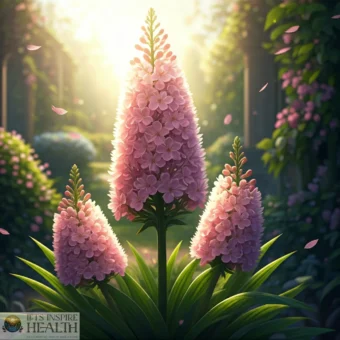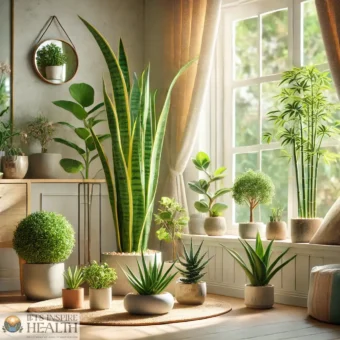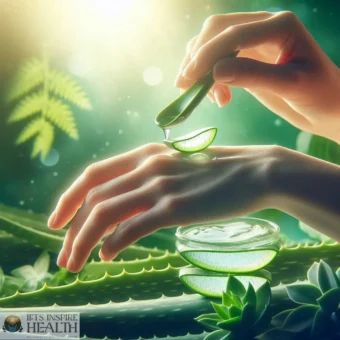Plants are more than just greenery—they bring joy, improve our well-being, and often hold fascinating stories. Among the most beloved is the “Happy Plant,” known for its ability to brighten spaces and moods alike. But have you ever wondered: what is its true name? Let’s uncover the secrets of this cheerful botanical wonder.
What Is the Happy Plant?
The “Happy Plant” is a popular nickname for the Dracaena fragrans, also known as the Corn Plant. This plant has earned its moniker due to its vibrant green foliage, air-purifying qualities, and ability to thrive with minimal care—making it a favorite for homes and offices.
Why Is It Called the Happy Plant?
The name “Happy Plant” stems from its association with positivity and well-being:
- Improves Air Quality: Studies by NASA have shown that Dracaena species are effective at filtering toxins from the air, creating a healthier environment.
- Low Maintenance: Its ease of care makes it accessible, even for those without a green thumb, reducing the stress of plant care.
- Symbol of Luck: In some cultures, it’s believed to bring good fortune and happiness.
How to Identify the Happy Plant
If you’re unsure whether your plant is a Happy Plant, here’s what to look for:
| Feature | Description |
| Leaves | Long, arching, and glossy green with yellow stripes in some varieties. |
| Height | Typically 2-3 feet indoors, but can grow taller in ideal conditions. |
| Stem | Thick, cane-like stems, resembling corn stalks. |
| Flowers (Rare) | Small, fragrant white blooms under perfect conditions. |
Pro Tip: If you spot a plant with lush, sword-shaped leaves that resembles tropical vibes, it’s likely a Happy Plant!
How to Care for the Happy Plant
Caring for your Happy Plant is simple and rewarding. Here’s a step-by-step guide:
1. Light Requirements
- Ideal Light: Bright, indirect sunlight.
- Low Light Tolerance: Can survive in dim corners but grows best with moderate light.
- Tip: Avoid direct sunlight, as it may scorch the leaves.
2. Watering Routine
- Frequency: Water when the top 1-2 inches of soil feel dry.
- Avoid Overwatering: Ensure the pot has good drainage to prevent root rot.
- Real-World Example: A Happy Plant owner waters once a week during summer and reduces it in winter.
3. Soil and Fertilizer
- Soil: Use well-draining potting mix.
- Fertilizer: Feed with a balanced liquid fertilizer once a month during the growing season.
4. Temperature and Humidity
- Optimal Temperature: 65°F to 75°F (18°C to 24°C).
- Humidity: Thrives in moderate humidity; mist occasionally in dry climates.
Benefits of Keeping a Happy Plant
Adding a Happy Plant to your space offers numerous benefits:
| Benefit | Description |
| Air Purification | Removes toxins like benzene and formaldehyde. |
| Stress Reduction | Its presence promotes relaxation and calmness. |
| Aesthetic Appeal | Adds a touch of tropical greenery to any room. |
| Easy Maintenance | Requires minimal effort to thrive. |
Example: Many urban dwellers use Happy Plants to bring a slice of nature into their apartments.
Fun Facts About the Happy Plant
- Rare Blooms: The Happy Plant rarely flowers indoors, but when it does, it produces a sweet, jasmine-like fragrance.
- Longevity: Some Happy Plants have been known to live for decades with proper care.
- Symbolism: In Feng Shui, it’s believed to bring positive energy and harmony.
Common Problems and How to Solve Them
Even the happiest plants can face issues. Here’s how to troubleshoot:
| Problem | Cause | Solution |
| Yellowing Leaves | Overwatering | Let the soil dry out before watering. |
| Brown Leaf Tips | Low humidity or underwatering | Increase humidity; mist the leaves. |
| Drooping Leaves | Insufficient light | Move to a brighter location. |
Happy Plant vs. Other Popular Houseplants
| Feature | Happy Plant (Dracaena) | Snake Plant | Pothos |
| Care Level | Easy | Very Easy | Very Easy |
| Air Purification | Excellent | Excellent | Excellent |
| Light Needs | Indirect Sunlight | Low to Bright Light | Low to Bright Light |
Conclusion
The Happy Plant, or Dracaena fragrans, is a true gem in the world of houseplants. Its low-maintenance nature, aesthetic appeal, and health benefits make it a perfect choice for anyone looking to add a touch of green happiness to their life. Whether you’re a seasoned plant parent or a beginner, the Happy Plant is sure to bring positivity and serenity to your space.
Disclaimer
This blog is for informational purposes only. For specific concerns about plant care, allergies, or toxicity, consult a local horticulturist or expert.

